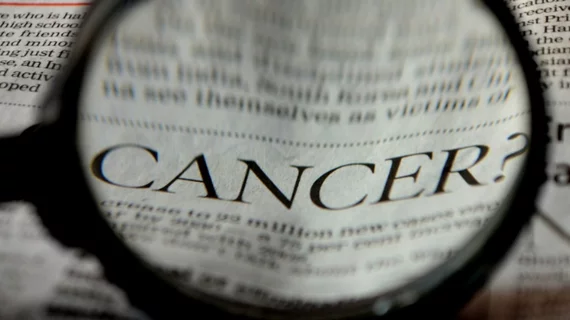Second-opinion reviews of breast MRI studies provide value
Second-opinion breast MRI reviews by subspecialized radiologists can improve patient management and increase cancer detection, according to findings published in the Journal of the American College of Radiology.
“Breast imaging is subject to interobserver variability, and studies show breast imaging specialists detect more cancers than general radiologists,” wrote author R. Jared Weinfurtner, MD, Moffit Cancer Center in Tampa, Florida, and colleagues. “Therefore, women with new breast imaging abnormalities often pursue second opinions at tertiary care centers. Although prior studies demonstrate the impact of second opinion breast imaging interpretation on additional cancer detection and change in clinical management, none have looked specifically at the impact of breast MRI second opinion.”
The authors explored data from 1,000 consecutive patients with second opinion interpretations that were performed by subspecialized radiologists at a single cancer center from July 1 to Dec. 31, 2016. Outside reports were compared with the new reports to note any discrepancies, which were defined as a relevant BI-RADS category change or the identification of “additional extent of disease” greater than 4 cm.
Overall, 205 of those 1,000 patients involved a review of outside breast MRI. For 18 percent of those patients, the second opinion review found a discrepancy. Additional cancer was detected in five patients, and another five patients had BI-RADS category downgrades. For five other patients, a suspicious finding larger than 4 cm was observed.
In total, 10 percent of second opinion breast MRI reviews led to a change in the patient’s management. The positive predictive value for biopsies performed after the second opinion review was 18 percent.
“Though evaluation is often limited by acquisition quality and software limitations, second opinion breast MRI review by subspecialized radiologists increases cancer detection and results in clinically relevant changes in patient management,” the authors wrote.
Weinfurtner and colleagues also noted that a lack of prior imaging is associated with a greater likelihood of a second opinion breast MRI discrepancy.
“This suggests that efforts to obtain prior imaging for comparison should be pursued before second opinion interpretations are rendered,” the authors added. “Indeed, a number of studies exist in the literature documenting improved diagnostic accuracy when prior breast imaging studies are available for comparison.”

